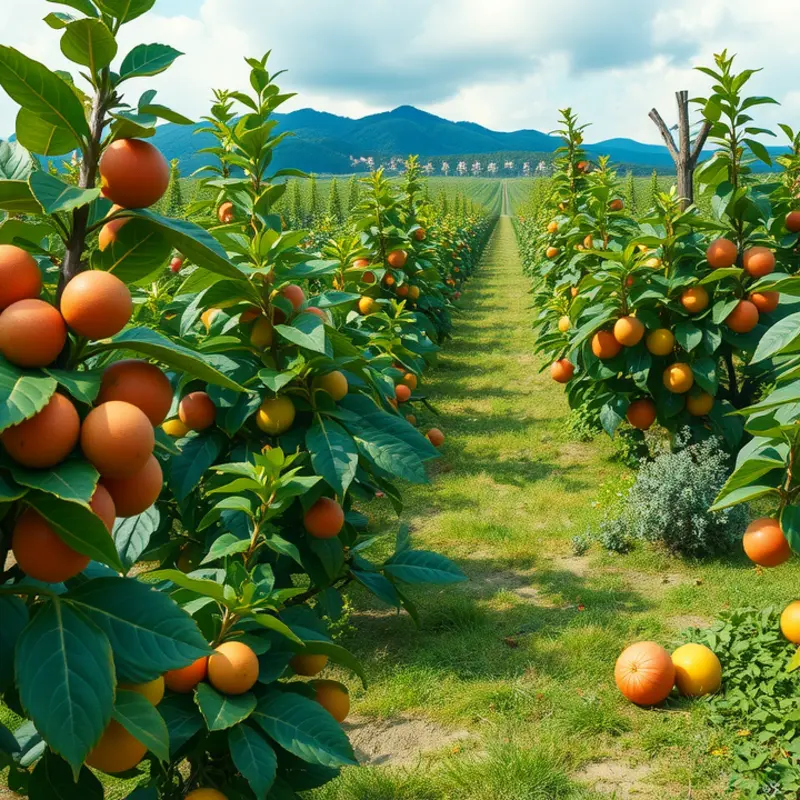Mold can ruin food quickly, costing you money and potentially compromising health. Understanding mold growth is essential for effective food management at home. By implementing straightforward storage techniques and maintaining ideal environments for food, you can minimize waste and ensure what you eat stays fresh. This guide will provide you with actionable steps to prevent mold, allowing you to enjoy your meals without worry.
Creating the Ideal Storage Environment

Establishing an environment conducive to preserving food involves understanding the interplay of temperature, humidity, and air circulation. These elements are pivotal in mitigating mold growth, which thrives in conditions of warmth and moisture. By mastering the management of these factors, we can extend the shelf life of both perishables and dry goods.
Temperature Control
Temperature is a critical driver in maintaining food freshness. For perishables like dairy, meats, and certain vegetables, refrigeration between 35°F to 38°F is optimal to slow down spoilage. Freezers operating at 0°F provide an extended preservation period by halting bacterial and mold activities. For dry goods, a cool pantry environment between 50°F and 70°F is ideal, avoiding proximity to kitchen appliances that emit heat.
Humidity Levels
Humidity management is essential, with mold flourishing in damp environments. Use the crisper drawer in your refrigerator to create a low-humidity area for fruits, especially those sensitive to moisture like berries and grapes. Meanwhile, high-humidity drawers are better suited for vegetables, which often wilt in dry conditions. In general storage areas, using moisture absorbers can help maintain lower humidity and prevent mold growth on grains and flour.
Air Circulation
Proper air circulation reduces the risk of condensation, which can lead to mold. Arrange items in your fridge and pantry to allow space for air to move freely. Avoid overcrowding, which traps moisture and accelerates spoilage. This principle can be applied by understanding the stratification of your storage areas—the colder air sinks, and warm air rises, thus influencing how air circulates.
Categorizing Storage Methods
Different foods necessitate tailored storage solutions. For perishables, airtight containers lock out excess moisture and oxygen—ideal for cheese and leftovers. Vacuum-sealing is another effective method for extending freshness by eliminating air. Meanwhile, dry goods benefit from being kept in dark, cool places away from fluctuations in temperature and humidity.
Minimizing Waste
The commitment to optimizing storage environments also contributes to waste reduction. A thoughtfully organized pantry minimizes over-purchasing and underutilization, directing us towards what needs consumption. Consider aligning your storage practices with eco-friendly kitchen strategies, as suggested in the Eco-Smart Kitchen Storage guide for sustainable tips.
By fine-tuning these elements—temperature, humidity, and air circulation—you create an ideal habitat for your food. This approach not only prolongs freshness but also diminishes the likelihood of mold infestation, thus protecting your food supply and reducing wastage.
Smart Food Management Practices

Adopting smart food management practices is essential for reducing waste and keeping food fresh. One of the most effective strategies is following the FIFO principle, which stands for ‘First In, First Out.’ This method ensures that older items in your pantry and fridge are used before newer ones, minimizing spoilage and preventing mold growth.
Understanding FIFO
To implement FIFO, organize your shelves so that the earliest purchased items are at the front. When adding new groceries, always place them behind older supplies. This simple action helps maintain a rotation system that naturally reduces food waste. It’s particularly useful for items with a shorter shelf life such as dairy products and fresh produce.
Pantry and Fridge Inspections
Regularly inspecting your storage spaces is another critical practice. Check for expired items, unusual smells, or spots that indicate mold development. If you notice any products that are nearing their expiry date, prioritize them in your meals. A systematic check every week can help identify items that need immediate attention, preventing unwanted mold colonization.
Creative Uses for Leftovers
Leftovers are often underestimated and end up in the trash. However, they can serve as a base for new meals. Transform last night’s dinner into a fresh, delicious lunch by introducing complementary ingredients or spices. For example, leftover vegetables can be tossed into a frittata or wrapped in a tortilla. By reimagining leftovers, you enhance variety in your meals and cut down on waste.
Additional Tips for Reducing Waste
- Use clear, airtight containers for storing dry goods. This prevents moisture from seeping in, which could lead to mold.
- Consider meal planning to better anticipate how much food you actually need. Check out these meal planning strategies for guidance.
- Be mindful of portion sizes when cooking to avoid having excessive leftovers.
Implementing these smart food management practices contributes to a mold-free kitchen environment. It also promotes sustainability by reducing food waste, saving money, and ensuring you consume your supplies thoughtfully. As we continue through the article, we will delve deeper into techniques and tips that ensure safe food storage and sustainable living.
Final words
Preventing mold growth requires a proactive approach to food storage and management. By ensuring the right environment for your food and adopting smart management practices, you can significantly reduce mold growth and waste. Take time to assess your storage practices regularly, paying attention to temperature, humidity, and expiration dates. With these simple yet effective strategies, you can keep your food fresh, safe, and enjoyable for longer. Remember, it’s not just about saving money; it’s about ensuring the health and safety of your meals.







